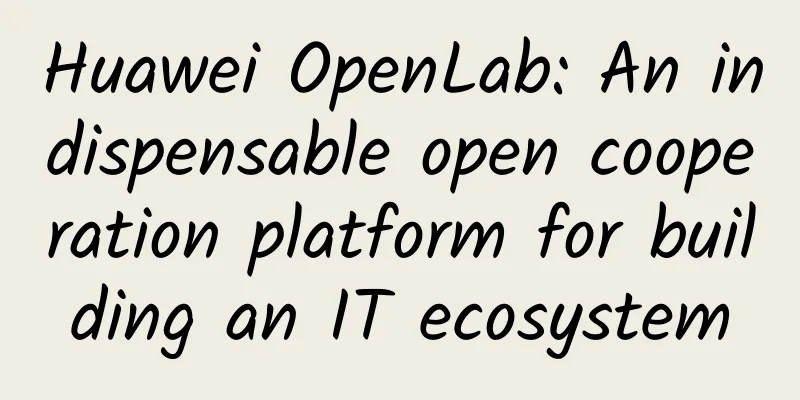External tools connect to SaaS mode cloud data warehouse MaxCompute practice

|
This sharing will be explained from four aspects. 01 Entering the MaxCompute Ecosystem 02 Overview of Business Intelligence (BI) Analysis Tools 03 Introduction to JDBC 04 Practical demonstration - quick access to FineBI Let’s start the first part of our sharing 1. Entering the MaxCompute Ecosystem First, let's look at the external tools that MaxCompute products can support, which can be roughly divided into business intelligence, development management, transmission scheduling, and programming interfaces. This sharing mainly focuses on the business intelligence (BI) tool section. You can see that MaxCompute officially integrates Tableau, FineReport, FineBI, and Quick BI. Among them, Tableau, FineBI, and FineReport have built-in MaxCompute drivers in specific versions. If you need to connect to MaxCompute through JDBC, you still need to manually load the MaxCompute JDBC driver. Quick BI, as an Alibaba Cloud product, can be directly connected through the Alibaba Cloud account and AK information. At the same time, Yonghong Desktop in versions 8.6 and above can also connect to MaxCompute through the built-in driver. In the business intelligence part, there are also open source BI tools, Superset and Davinci can also connect to MaxCompute. The development management part is what we will talk about in the second lecture, including DBeaver, DataGrip, and SQL Workbench/J. At the same time, our products are also integrated with Kafka and Flink open source engines. Supported ETL open source tools include Kettle, Airflow, and Azkaban, which will be introduced in the third lecture of this season's live broadcast. Supported programming interfaces include Python, JDBC, and SQLAlchemy. In addition to supporting external tools, MaxCompute itself also has an open ecosystem, including the built-in open source engine Spark, the migration tool MMA, the development ecosystem PyODPS and Mars, the tool ecosystem Web-Console, etc. At the same time, MaxCompute has also built a rich solution ecosystem and data application ecosystem together with Alibaba Cloud's internal products. 2. Overview of Business Intelligence (BI) Analysis Tools Business intelligence (BI) tools support data visualization through dashboards, charts, and other graphical outputs of data obtained by the calculation engine, presenting it to decision makers in an intuitive form, helping executives and managers make more informed business decisions. The BI tools shown on this page have been tested by MaxCompute team members and can successfully connect to MaxCompute table data and perform data visualization. This article focuses on commercial BI tools, among which Tableau, FineBI, and FineReport all need to connect to MaxCompute through the MaxCompute JDBC driver. Quick BI and Yonghong Desktop can connect to MaxCompute through the product's built-in driver. After these BI tools successfully connect to the MaxCompute data source, they can perform related operations such as listing databases, listing tables, viewing table structures, querying table data, and querying views to create data reports. 3. Introduction to JDBC JDBC JDBC (Java DataBase Connectivity) is a Java API for executing SQL statements. It can provide unified access to multiple relational databases. It consists of a set of classes and interfaces written in Java. Simply put, it uses Java to send SQL statements to the database to operate the database. MaxCompute JDBC Driver The MaxCompute JDBC driver is a JDBC interface provided by MaxCompute that can access MaxCompute. You can use the standard JDBC interface to perform distributed computing queries on massive data based on MaxCompute. The MaxCompute JDBC driver can also be used to connect MaxCompute and tools that support JDBC. MaxCompute related basic parameter information URL: jdbc:odps:<MaxCompute_endpoint>?project=<MaxCompute_project_name> 4. Practical demonstration - quick access to FineBI Access to other commercial BI tools |
<<: Best Practices for Stream Computing Processing with Flink on Zeppelin
>>: Unveiling the "veil" of smart courts, the old look is transformed by 5G applications
Recommend
API Gateway: Layer 8 Network
An API is a set of rules that govern the exchange...
A brief discussion on Wi-Fi Mesh network in home IoT
Author: Fan Deyang, unit: China Mobile Smart Home...
Huawei's Lu Yiquan: Premium Private Line 2.0 creates ubiquitous quality connections
At the "Optical Connection of Everything, In...
Huawei's Ding Yun: Expanding the Connectivity Business Landscape and Winning the Industry's Digital Blue Ocean
[Beijing, China, October 13, 2020] Today, the 6th...
If you are in the communications industry, you will be out if you don’t understand these nine 5G issues
China's 5G era has arrived as promised! The f...
Network security knowledge: Understanding Voice over Internet Protocol (VoIP)
[[442039]] What is Voice over Internet Protocol (...
Can you afford a 5G terminal that costs over 10,000 yuan?
Everyone wants to be the first to experience the ...
TmhHost: 20% off for Los Angeles CN2 GIA high-defense, 20% off for Hong Kong NTT data center VPS, US CN2 GIA quarterly payment starting from 70 yuan
TmhHost is a Chinese VPS service provider establi...
Evoxt's new Japanese VPS starts at $2.99 per month, 512MB/5GB/250GB@1Gbps/Softbank line
I shared Evoxt once in June this year. It is a fo...
A brief analysis of SMTP working principle
Email hosting is one of the main services provide...
Master these 5 tips to deploy Wi-Fi 6 to achieve the best results
The Wi-Fi 6 standard (802.11ax) brings many excit...
97% of UK business leaders expect quantum computing to disrupt their industry
A significant number (97%) of UK business leaders...
Trump tweets hint of concessions to Huawei! The United States hopes to win through competition rather than banning
There may be a landmark turn in the U.S. stance t...
OneTechCloud: 30% off all VPS monthly payments starting from 19 yuan/month, Hong Kong CN2&CMI/US CN2 GIA&9929/high defense optional
OneTechCloud has launched a Spring Festival promo...
Operators' mid-term performance is impressive, and 5G development has entered a critical moment
2021 is a big year for China's 5G development...









